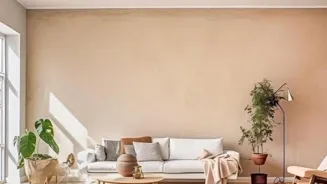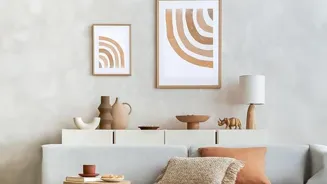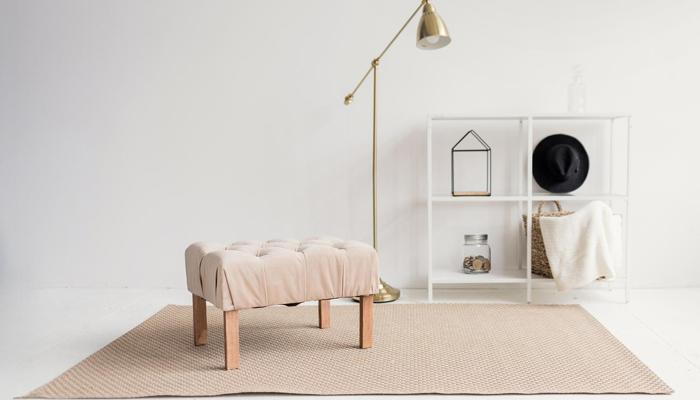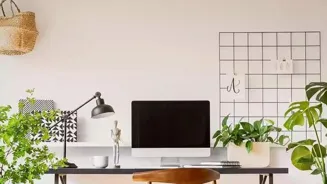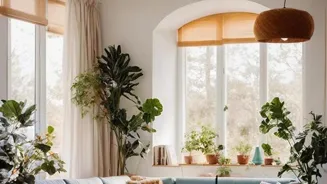Transform Your Space: 7 Tips for a Positive Environment. Boost mood, reduce stress & thrive. Dive in!
In today's fast-paced world, creating a positive environment in our homes and workplaces is more crucial
than ever. A positive space not only uplifts our mood but also boosts productivity, reduces stress, and fosters better relationships.
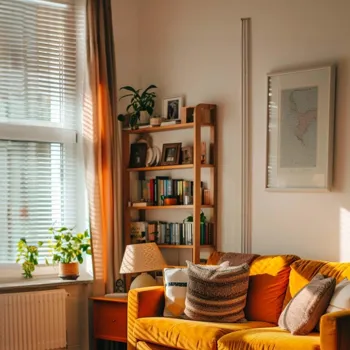
"A positive environment is like sunshine for the soul," says lifestyle coach, Anita Desai. "It nourishes our well-being and allows us to thrive." So, how can we transform our surroundings into havens of positivity? Here are seven practical tips to help you cultivate a more uplifting space:
Declutter and Organize: A Clean Space, a Clear Mind
The first step towards creating a positive environment is to declutter your space. Clutter can be overwhelming and create a sense of chaos, leading to stress and anxiety. Start by identifying areas in your home or office that are particularly cluttered.
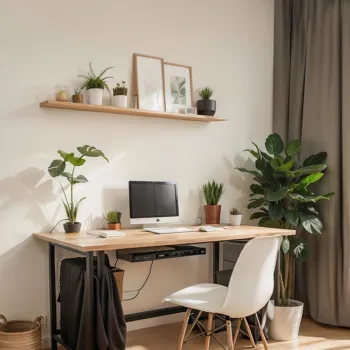
This could be a messy desk, an overflowing cupboard, or a disorganized bookshelf. One simple technique is to follow the "one in, one out" rule. For every new item you bring into your space, get rid of something old. This will prevent clutter from accumulating over time.
Remember, a clean and organized space helps create a clear and focused mind, setting the stage for positivity to flourish.
Decluttering is not just about physical items, it's also about decluttering your mental space.
When you physically organize your environment, you're also symbolically organizing your thoughts and emotions. Start small with one drawer or a corner of a room and gradually work your way through the entire space. As you declutter, consider donating items you no longer need to charity.
This act of giving not only benefits others but also helps you feel good about yourself. Sort your items by categories such as clothes, books, papers, and accessories. Once you categorize them, you can decide which items to keep, donate, sell, or discard.
Make sure you invest in some good storage solutions to help you maintain order. This could include shelves, boxes, baskets, or drawer organizers. Label everything clearly so you can easily find what you need. A well-organized space saves you time and reduces frustration.
Remember, the goal is to create a space that is functional, aesthetically pleasing, and conducive to positivity. As you declutter, pay attention to how you feel. Notice the sense of relief and lightness that comes with letting go of unnecessary items.
This feeling is a clear indication that you are on the right path towards creating a more positive environment.
Bring in Natural Light and Fresh Air: Let Sunshine and Breezes In
Natural light and fresh air are essential for creating a positive and uplifting environment. Open your windows and curtains to allow sunlight to flood your space. Natural light boosts Vitamin D levels, improves mood, and increases energy.
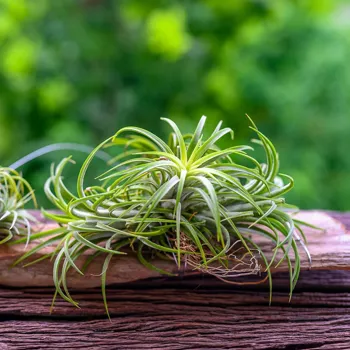
If your space is particularly dark, consider using mirrors to reflect and amplify the existing light. Mirrors can make a room feel brighter and more spacious. Ensure that your windows are clean to maximize the amount of light that enters your space.
Regularly dust your windowsills and frames to prevent dirt from blocking the sunlight.
Fresh air is just as important as natural light. Open your windows regularly to ventilate your space and remove stale air. Fresh air improves air quality, reduces allergens, and promotes relaxation.
If you live in an area with poor air quality, consider investing in an air purifier. Air purifiers remove pollutants, allergens, and odors from the air, creating a healthier and more pleasant indoor environment.
Indoor plants also help improve air quality by absorbing carbon dioxide and releasing oxygen. Place plants near windows to maximize their ability to purify the air.
Consider the placement of your furniture in relation to natural light sources.
Position your desk or work area near a window to take advantage of the natural light. Avoid blocking windows with large pieces of furniture. When possible, spend time outdoors to soak up the sun and fresh air. Even a short walk in the park can significantly boost your mood and energy levels.
Remember, natural light and fresh air are powerful tools for creating a positive and invigorating environment. Make them a priority in your daily life.
Incorporate Greenery: Nurture and Flourish with Plants
Plants bring life, colour, and a sense of calm to any space. Introduce indoor plants to purify the air, reduce stress, and boost your mood. Choose plants that are easy to care for, such as snake plants, spider plants, or succulents.
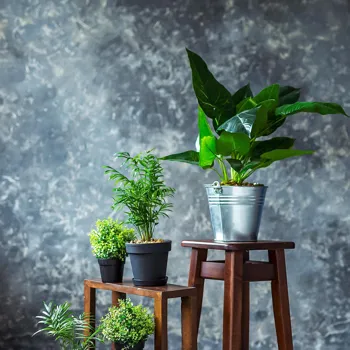
These plants are low-maintenance and can thrive in a variety of conditions. Place plants in strategic locations, such as on desks, shelves, or windowsills, to maximize their visual impact. Grouping plants together can create a mini-jungle effect, adding a touch of nature to your indoor environment.
Not only do plants add aesthetic appeal, but they also have a positive impact on your health and well-being. Plants release oxygen and absorb carbon dioxide, improving air quality. They also help to reduce levels of harmful pollutants, such as formaldehyde and benzene.
Studies have shown that being around plants can lower stress levels, improve concentration, and boost creativity. If you don't have a green thumb, consider using artificial plants.
While they don't offer the same air-purifying benefits as real plants, they can still add a touch of greenery and visual appeal to your space.
Consider starting a small herb garden indoors. Growing your own herbs, such as basil, mint, or rosemary, is a rewarding and enjoyable experience.
Fresh herbs can be used in cooking, adding flavor and freshness to your meals. Plant care can be a therapeutic activity, providing a sense of connection to nature. Even if you have limited space, you can grow plants in containers or hanging baskets.
Remember, incorporating greenery into your space is a simple yet effective way to create a more positive and nurturing environment.
Choose Calming Colors: Paint Your Way to Positivity
Color has a powerful impact on our mood and emotions. Choose calming colors for your walls and décor to create a peaceful and relaxing environment. Soft blues, greens, and neutrals are known to promote tranquility and reduce stress.
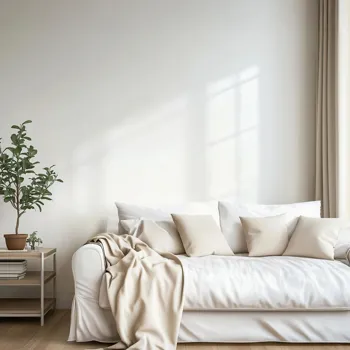
Avoid using bright or jarring colors, as they can be overwhelming and create a sense of anxiety. Consider painting one wall in an accent color to add a pop of interest without overwhelming the space. Use color psychology to guide your color choices.
Blue is associated with calmness, stability, and trust. Green is associated with nature, growth, and balance. Neutral colors, such as white, beige, and gray, create a sense of simplicity and spaciousness. Consider the lighting in your space when choosing colors.
Darker colors can make a room feel smaller and more enclosed, while lighter colors can make a room feel brighter and more spacious. Use color to highlight architectural features or create focal points in your space.
In addition to wall colors, consider the colors of your furniture, textiles, and accessories. Choose colors that complement each other and create a harmonious overall look. Add pops of color with throw pillows, blankets, or artwork.
Remember, color is a powerful tool that can be used to create a positive and uplifting environment. Use it wisely to transform your space into a haven of peace and tranquility. Experiment with different color combinations to find what works best for you.
Incorporate Aromatherapy: Scents to Soothe Your Soul
Aromatherapy uses essential oils to promote physical and emotional well-being. Incorporate aromatherapy into your space to create a relaxing and uplifting atmosphere. Use essential oil diffusers, candles, or room sprays to disperse calming scents.
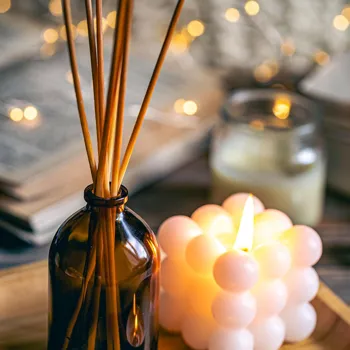
Lavender, chamomile, and sandalwood are known for their relaxing properties. Citrus scents, such as lemon and orange, are energizing and uplifting. Experiment with different essential oils to find what works best for you.
diffusers are a safe and effective way to disperse essential oils into the air. Choose a diffuser that is appropriate for the size of your space. Candles can create a cozy and inviting atmosphere. Choose candles made from natural wax, such as beeswax or soy wax, to avoid harmful chemicals.
Room sprays are a quick and easy way to freshen up your space. Consider making your own room spray by mixing essential oils with water in a spray bottle.
Consider the specific needs of your space when choosing essential oils. Use calming scents in your bedroom to promote relaxation and sleep.
Use energizing scents in your office to boost productivity. Use refreshing scents in your bathroom to create a spa-like atmosphere. Remember, aromatherapy is a powerful tool that can be used to transform your space into a haven of peace and tranquility.
Use scents to soothe your soul and uplift your spirits.
Personalize Your Space: Make it Uniquely Yours
Your space should reflect your personality and interests. Personalize your space with items that you love, such as photos, artwork, and souvenirs. Display items that bring you joy and remind you of happy memories. Create a gallery wall with your favorite photos. Display artwork that inspires you.
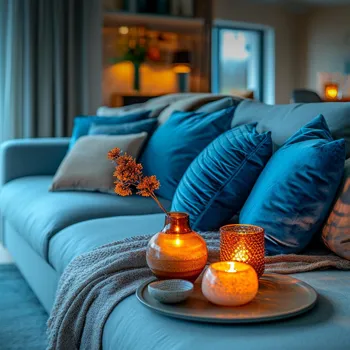
Arrange your belongings in a way that is aesthetically pleasing and functional. Your home should be a sanctuary.
Personalizing your space can involve something as simple as displaying a collection of your favorite books or showcasing handmade crafts.
It's about creating an environment where you feel completely at ease and surrounded by the things that bring you happiness. Consider adding unique lighting fixtures or accent furniture pieces that reflect your individual taste.
These items should resonate with you on a personal level and evoke positive feelings.
Think about your hobbies and passions, can your space have a small yoga and meditation? Or a special art and crafts corner? Remember, that your space should evoke and radiate positivity.
It is a powerful way to cultivate a positive environment. Make it uniquely yours by filling it with things that you love and items that reflect your personality.
Practice Gratitude and Positive Affirmations: Cultivate an Attitude of Gratitude
Finally, cultivate an attitude of gratitude and positive affirmations to create a positive environment. Start each day by expressing gratitude for the good things in your life. Write down in a journal your things to be thankful of to help encourage grateful thoughts.

Engage in positive self-talk to encourage a growth mindset and to look for the good in all things. Try to make gratitude a daily habit to strengthen your mind.
Practice positive affirmations daily to reprogram your subconscious mind and cultivate a positive mindset.
Repeat positive statements about yourself and your life. For example, "I am worthy of love and happiness," or "I am capable of achieving my goals." Place positive affirmations in visible locations, such as on your mirror or on your desk, to remind yourself to stay positive throughout the day.
Over time, positive affirmations can have a profound impact on your self-esteem and your overall outlook on life.
Gratitude and positive affirmations are powerful tools for creating a positive environment from the inside out.
Combine these practices with the other tips mentioned above to create a truly uplifting and inspiring space. Remember, a positive environment starts with a positive mindset.
Cultivate an attitude of gratitude and positive affirmations to transform your space into a haven of peace, joy, and well-being. By implementing these tips, you can create a space that is not only aesthetically pleasing but also nurturing, supportive, and conducive to your overall well-being.
